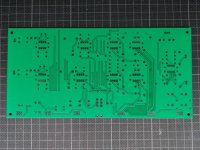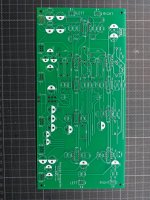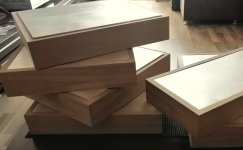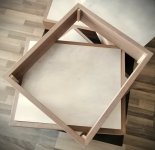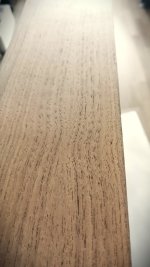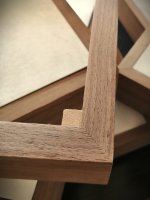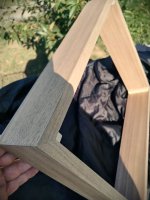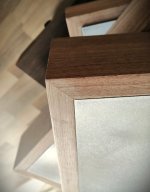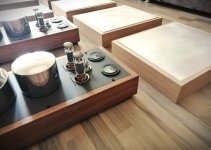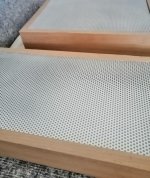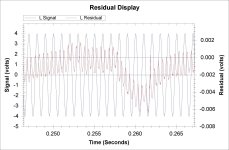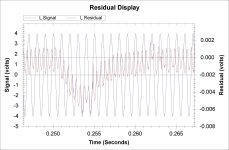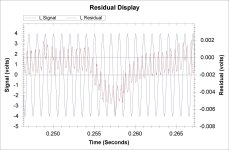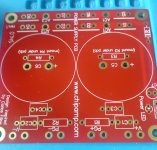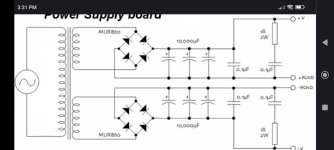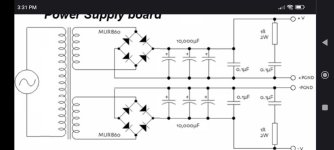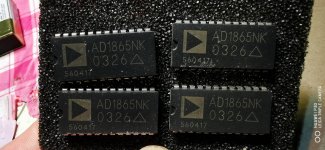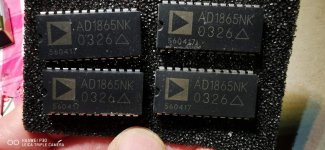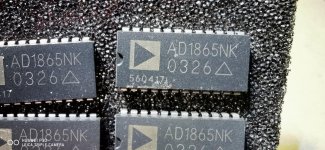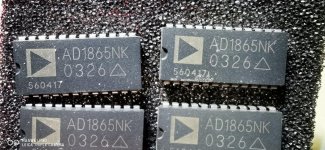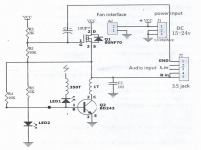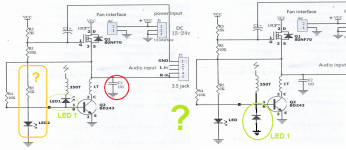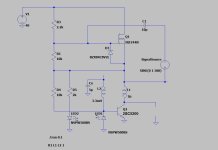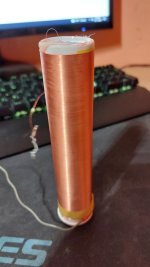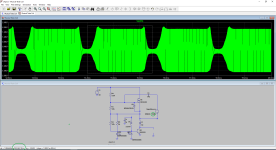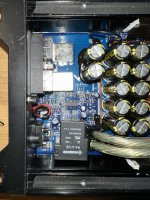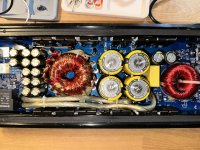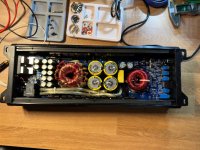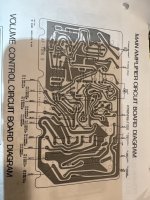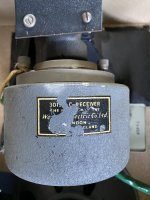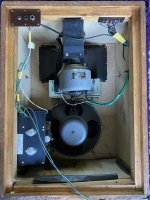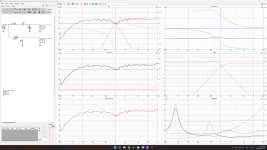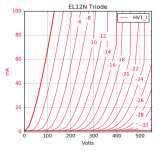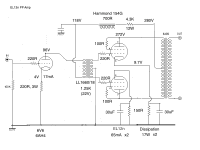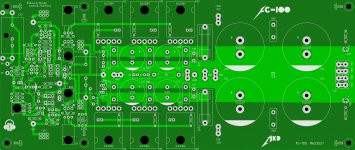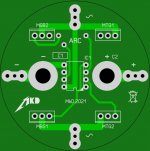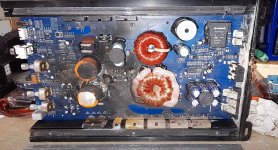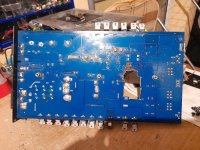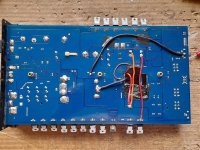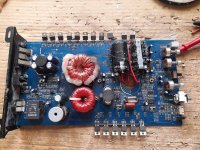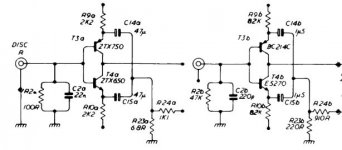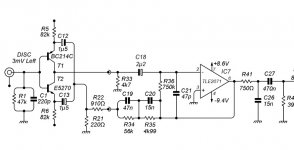Dayton Audio DATS V3
- By DogStar
- Equipment & Tools
- 4 Replies
Good evening everyone
I just bought a Dayton Audio DATS V3. I know there are several previous posts regarding the use of this device. However, I just wanted to share my experience using DATS V3, and hope to get some feedback from people with more experience than me. At arrival, I quickly set up the DATS to run some T/S measurements on a handful of drivers I have laying around. These drivers are:
Scan speak 21W/8555-01 (4 pieces)
Scan speak 21W/8555-00 (2 pieces)
BMS 15S320 (measured only one)
Fostex FF85K (2 pieces)
Some observations:
Cheers
I just bought a Dayton Audio DATS V3. I know there are several previous posts regarding the use of this device. However, I just wanted to share my experience using DATS V3, and hope to get some feedback from people with more experience than me. At arrival, I quickly set up the DATS to run some T/S measurements on a handful of drivers I have laying around. These drivers are:
Scan speak 21W/8555-01 (4 pieces)
Scan speak 21W/8555-00 (2 pieces)
BMS 15S320 (measured only one)
Fostex FF85K (2 pieces)
Some observations:
- I have four 21W/8555-01, which all measures pretty much the same (very high degree of consistency). All four woofers new in boxes. I broke in two them by simply running a low a freq. signal in free air for three days before measuring them. The remaining two came right out of the box (no brake in). All four woofers pretty much measured the same (only some minor differences). For all of them, Fs is very close to factory spec (meas. Fs = 19-20 vs. fact. spec Fs = 19). However, Qts is way off (meas. Qts = 0.37-0.38 vs. fact. spec Qts = 0.26).
- For the two Scan speak 21W/8555-00, observations were similar to the observations for 21W/8555-00. Right out of the box, the two woofers measured the same (meas. Fs = 21 vs. fact. spec Fs = 20) and (meas. Qts = 0.44 vs. fact. spec Qts = 0.31).
- Measurements for the BMS 15S320 was bang on factory specs (meas. Fs = 42 vs. fact. spec Fs = 41) and (meas. Qts = 0.29 vs. fact. spec Qts = 0.28). Also, this woofer came right out of the box.
- Measured specs. for the Fostex drivers were quite different from factory spec. Higher Fs and Qts. I got these drivers from Planet10 some years ago, and they came with measurements performed by Planet10. By comparison, I got slightly lower Fs and Qts, but differences were marginal. That makes me feel somewhat confident that the DATS V3 works as intended.
Cheers

